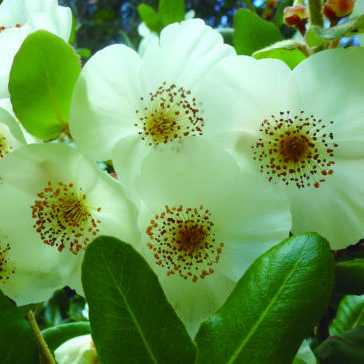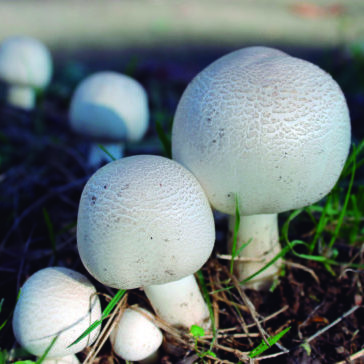
Loading 0%

Loading 0%
Diverse trees, flowers, creepers, ferns, lichens and fungi make up the endemic flora that dresses in different colors each season in the Huilo Huilo reserve. The Nothofagus-type forest is a favorable environment for different tree species such as cinnamon, tepas, olivillos, myrtles, mañíos, lengas, ñirres and coigües to survive here.

Originally from Chile and Argentina, it is found along the Andes Mountains and comes from the Cunoniaceae family. It has a thick trunk and a wide crown, reaching a height of over 40 meters. Its ivory white flowers show all theirpleandor in summer, when bees collect their precious aromatic nectar.

It’s a kind of edible mushroom, from the Agaricaceae family. It has the shape of a convex hat, its surface is dry and its color is white, taking a light yellow color when it matures. It measures up to 20 centimeters long and its ring can reach up to 5 cms.

It is a herbaceous and perennial species belonging to the family Alstroemeriaceae characteristic of the Andean Patagonian forest of southern Chile. It has simple and erect stems that reach from 40 cms. to more than one meter high. In summer, its flowers are yellow with orange tones and reddish spots.

National and endemic Chilean flower, which grows in the temperate forests of the center and south of the country. It blooms between the months of February and July and has inspired several Chilean legends, songs and poems. It grows in humid and well-drained soils, with a high content of organic matter, such as Nothofagus-type forests.

The medallion is endemic to Chile and is found in different parts of the country. It grows as a vine on trunks, tree trunks and, in some cases, on rocks in humid or shady areas. Their sheets are oval of succulent type and their flowers intense red color, possess form of globe or bell.